The Essence of Minimalist Home Decor: A Comprehensive Guide
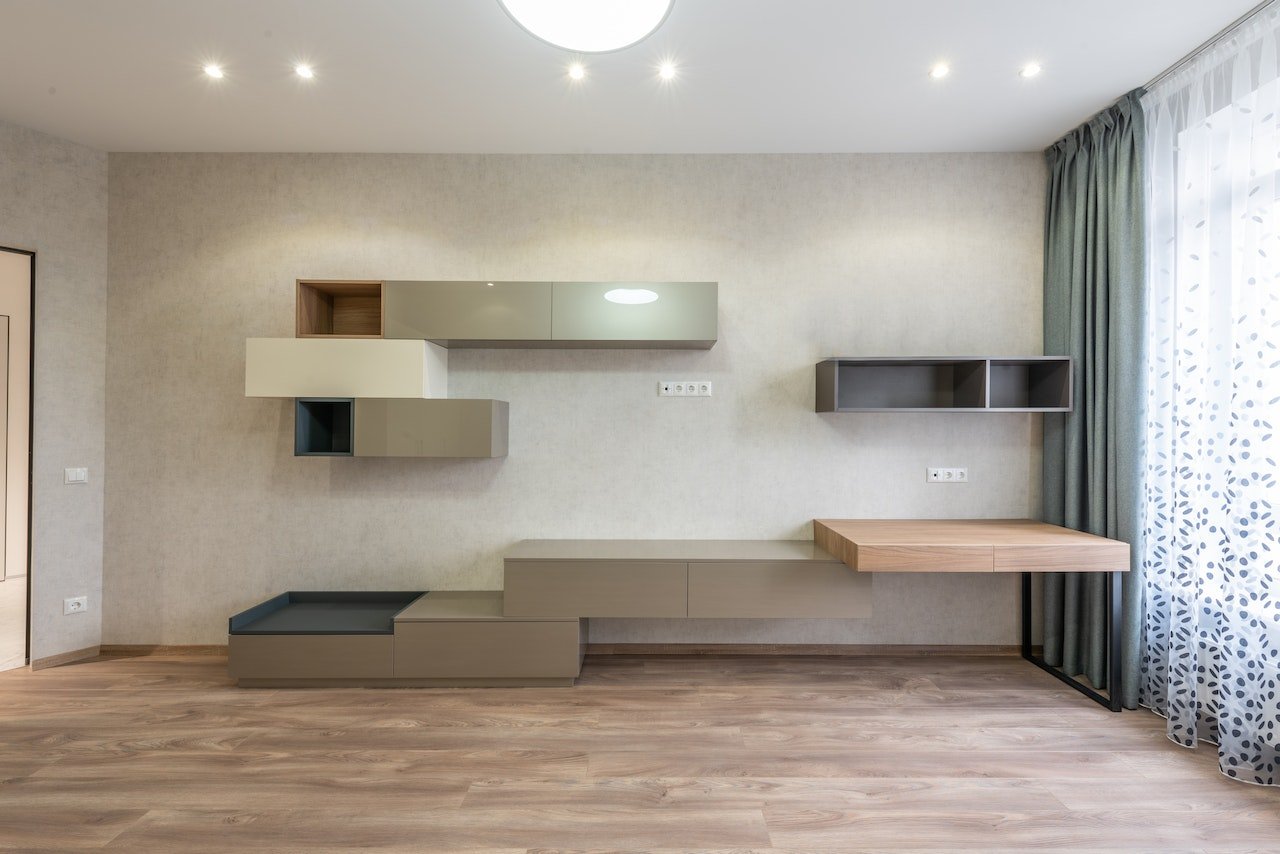
Table of Contents
Who doesn’t relish the idea of returning to an uncluttered, serene sanctuary after a hectic day at the office? This is the allure of minimalist home decor. Picture a room awash in natural light streaming through slim framed sliding glass doors, adorned with pale furnishings, a couple of thriving indoor plants, and tasteful wall art. Doesn’t it beckon you? However, minimalism transcends mere interior design trends; it represents a lifestyle choice for those in pursuit of tranquility and harmony. In this article, we unveil techniques to craft an uncluttered, organized, and aesthetically pleasing living environment that evokes a breath of fresh air.
The Advantages of Embracing Minimalism at Home
Minimalism beckons people with a plethora of alluring advantages:
Enhanced Serenity: Neutral hues and clutter-free spaces exude an aura of calmness, fostering a sense of tranquility. Unlike cluttered environments that can induce stress and overwhelm, minimalist spaces clear the mental clutter.
Augmented Productivity: A minimalist home can enhance your productivity. Reduced visual chaos translates to fewer distractions, enabling better focus on your to-do list. Furthermore, with items meticulously organized, you can swiftly locate necessities, sparing you the chaos of a scavenger hunt.
Fiscal Savings: Embracing minimalism can lead to cost savings by altering your consumption habits. You’ll become more deliberate in your purchases, questioning the necessity of each acquisition. Fewer possessions equate to lower maintenance expenses, a win-win scenario.
Embarking on the Path to Minimalism: The Art of Decluttering
Clutter stands as the nemesis of minimalism. At the core of minimalism lies the “less is more” principle. The decluttering process extends beyond mere tidying; it involves assessing your possessions and retaining only those with intrinsic value or personal significance. Pose the question: “Does it spark joy?” borrowing wisdom from the decluttering queen, Marie Kondo.
Tips for Effective Decluttering:
Categorize Items: Group your belongings and classify them as keep, donate, recycle, or discard. This systematic approach ensures no item escapes scrutiny, compelling clear decisions.
One Room at a Time: Tackling an entire house can seem daunting. Simplify by addressing one room at a time.
Periodic Reevaluation: Minimalism thrives on continuous reflection. Regularly reassess your possessions to prevent inadvertent clutter accumulation.
The Path to Minimalism: Discerning Furniture Selection
Minimalism adheres to a simple furniture philosophy: less is more. The goal isn’t to saturate spaces with an abundance of furnishings but to meticulously choose high-quality, enduring pieces with timeless appeal. As each item plays a pivotal role, prioritize functionality and aesthetic allure for enduring suitability. Resist the allure of fleeting furniture trends, as style fades quickly.
Opt for a neutral furniture color palette, including shades like beige and grey, to foster cohesion and versatility, allowing for future color accents.
Mastering Minimalism: Crafting Efficient Storage Solutions
Storage often poses a challenge on the minimalism journey, especially in homes lacking built-in storage. Fortunately, numerous storage alternatives exist:
Wardrobes and Drawers: Leverage furniture such as wardrobes, chests of drawers, underbed drawers, and recessed shelving to optimize storage without disrupting the spatial flow.
Vertical Utilization: Embrace wall-mounted shelves, hooks, and hanging storage solutions to liberate floor space while creating a sense of height and openness, enhancing room serenity.
Concealed Storage: Implement “hidden” storage options like footstools with concealed compartments, coffee tables with drawers, and lift-up seats to stow items discreetly.
Quickfire Tips for a Minimalist Home Transformation
If you’re embarking on a minimalist journey for your home, consider these quickfire tips:
Restrict decorative items to a select few statement pieces, avoiding overcrowding.
Be deliberate in your purchases to prevent accumulating clutter.
Employ a neutral paint palette to maintain visual cohesion.
Prioritize larger items with significant visual impact for the “less is more” aesthetic.
Experiment with modern, unconventional light fixtures for visual intrigue.
Incorporate curves and smooth edges to create inviting spaces.
Blend textures to add interest without clutter.
Embrace open spaces, as they lend an illusion of spaciousness.
Store frequently used items in aesthetically pleasing baskets.
Maximize natural light through well-placed doors and windows.
Don’t overlook greenery; plants purify the air and promote tranquility.
Lastly, relish the process! You’re on the path to crafting a calmer, more inviting home environment—a reason for optimism. Happy decorating!

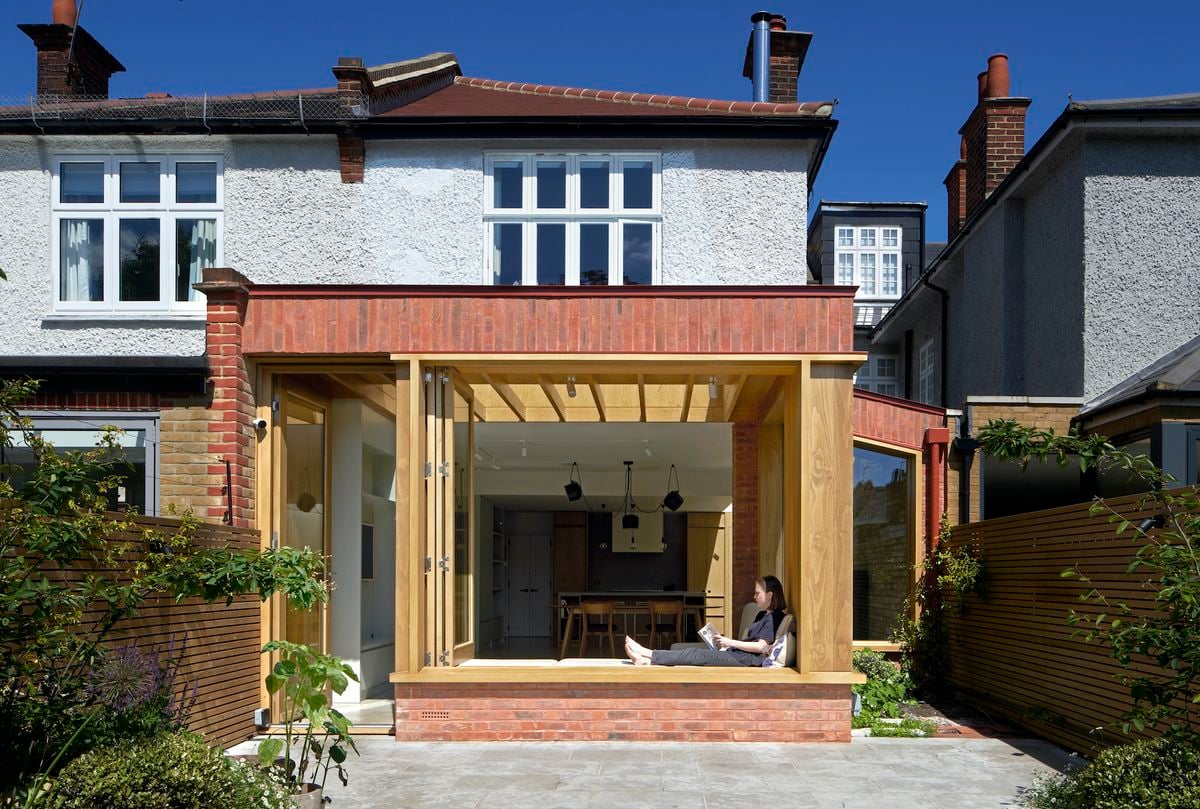
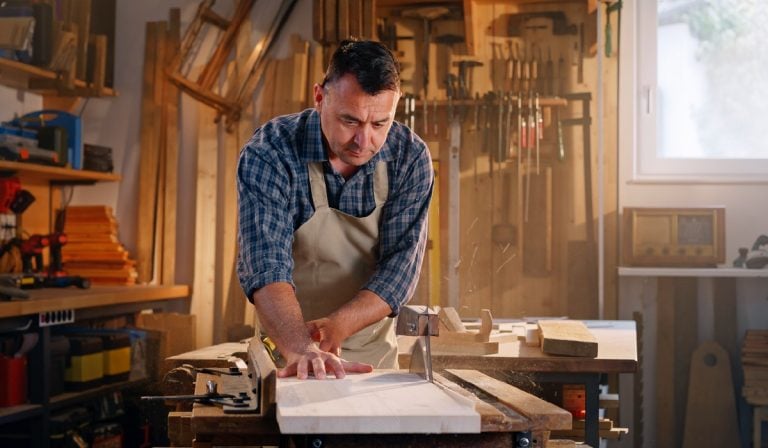
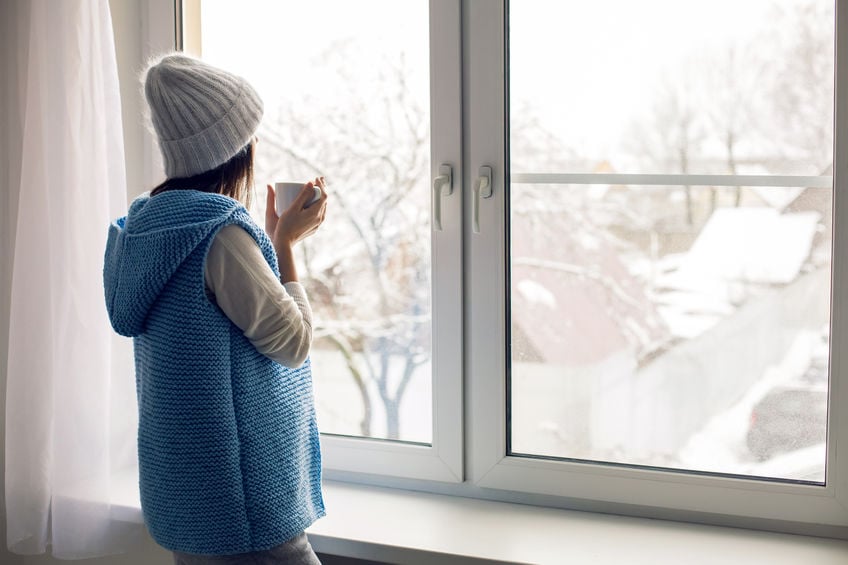

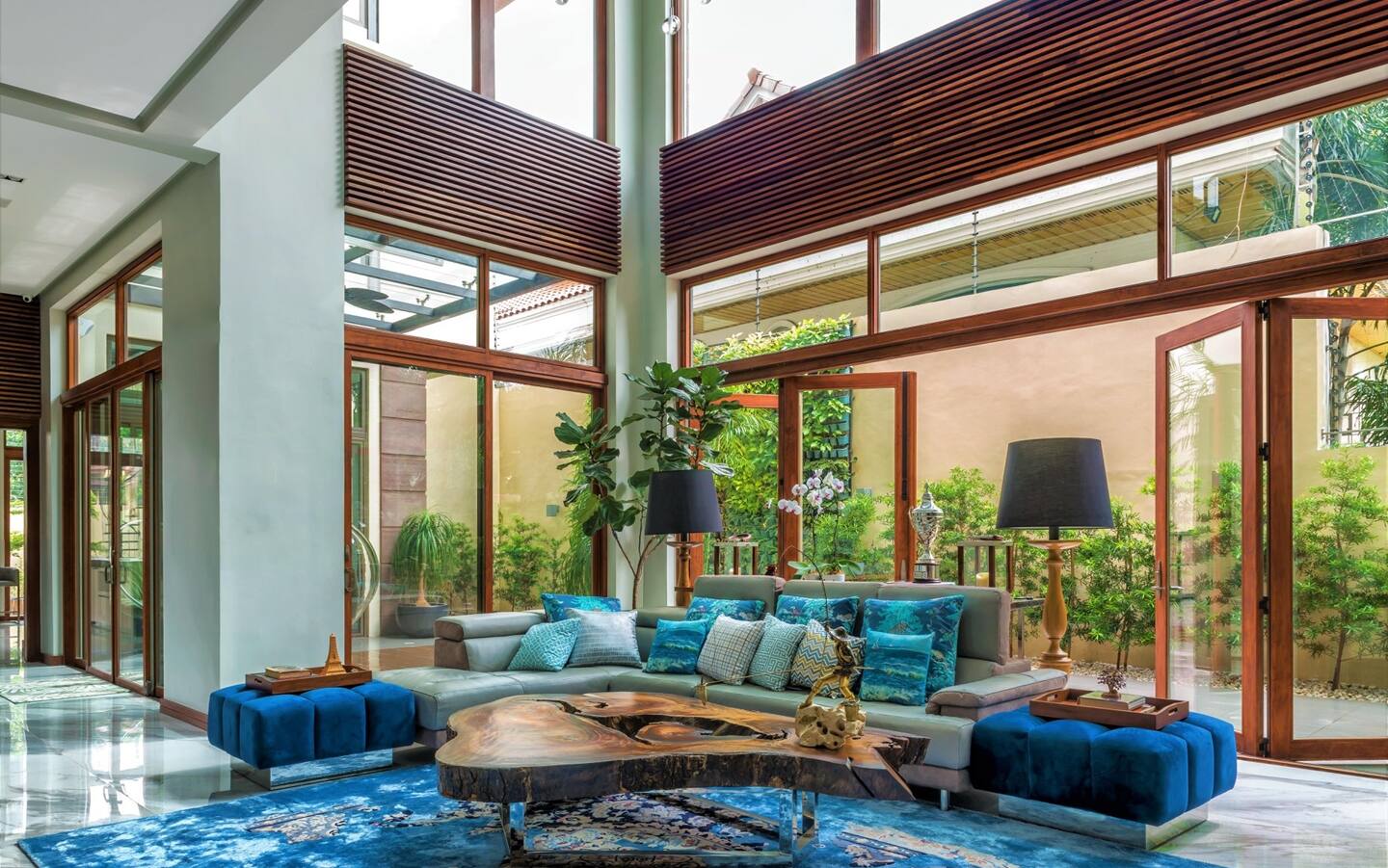

One Comment